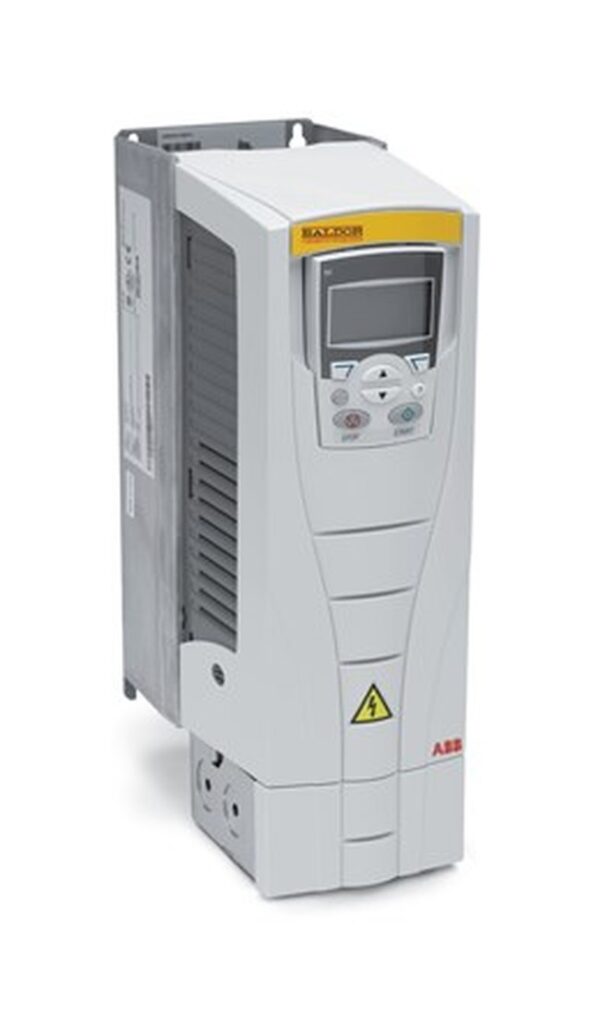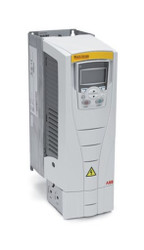AC vs. DC Drives - Wistex, LLC

AC and DC drives are both highly effective at converting electrical energy into mechanical energy. Both are efficient and effective at generating the power modern machines require to perform the tasks our businesses depend upon. Both have strengths and are best suited for specific types of applications. Thus, it is not a choice between which is better; it is a choice between which is better for the applications you need them to perform.
AC Drives
AC drives are used to control the speed of electric motors. While most commonly referred to as AC, or Alternating Current Drives, you may also see them marketed ats adjustable speed drives, variable speed drives, or adjustable frequency drives.
There are many advantages to AC drives. They are highly effective at reducing energy consumption. Indeed, they effectively deliver energy-efficient operation without sacrificing power or reliability. They offer adjustable torque and considerable control over acceleration. This is why they are a top choice for use in everything from wind turbines to HVAC systems. In fact, many water pumping stations, power generators, and pressure booster systems depend on AC drives for smooth and efficient operation.
DC Drives
DC drives, which stands for Direct Current, are efficient and reliable. They are older than AC drives and are simple to control, which makes for a steady, even learning curve. They provide a cost-effective solution for businesses seeking a reliable source of power for their machinery. DC drives are often used within extruding machines, cranes, paper production machinery, hoists, elevators, crushing machines, and more.
DC drives give users considerable control over the operation of machinery. They feature field orientation via a mechanical commutator and direct torque control. They are ideal for operations that require regenerative or high-power needs. In a DC drive, the speed produced is directly proportional to the armature voltage, and the armature current is proportional to the torque of the motor. At the same time, it is in inverse proportion to the field current. They offer significant advantages in terms of torque control, and their high dynamic speed response gives operators considerable control in terms of speed variation.
DC Drives vs. AC Drives
DC drives are ideally suited for operations that require significant torque on start-up. Their simple circuitry means they are also well-suited for applications that require constant speed. They also have a linear speed-torque curve and are easily installed. However, the brush assemblies within DC motors can require considerable maintenance and are prone to wearing out over time. DC drives are less complicated to operate and are usually less expensive to purchase. As with AC drives, it is possible to accessorize the unit with everything from feedback tachometers to encoders.
Conversely, AC drives are better suited for operations that require rapid speed changes. Their running induction motors make it easier to shift between speeds without losing power or causing damage to the motor. AC drives require little maintenance, which makes them ideal for operations where the motor is located within an inaccessible area of the machine. They are ideally suited for high-speed operations. It is possible to use AC drives in wet, corrosive, or explosive environments so long as the unit is placed within a secure enclosure. It is also easier to connect, control, and monitor an AC drive within a larger network. This also makes it easier to switch out an AC drive if it ever needs replacing.
We encourage you to contact Wistex, LLC, at (800) 726-7307 for more information about the AC and DC drives we offer. It is our pleasure to help you find the right AC drive or DC drive for your operational needs. We carry a wide selection of both and can help you select a unit capable of producing the power your operations depend.
